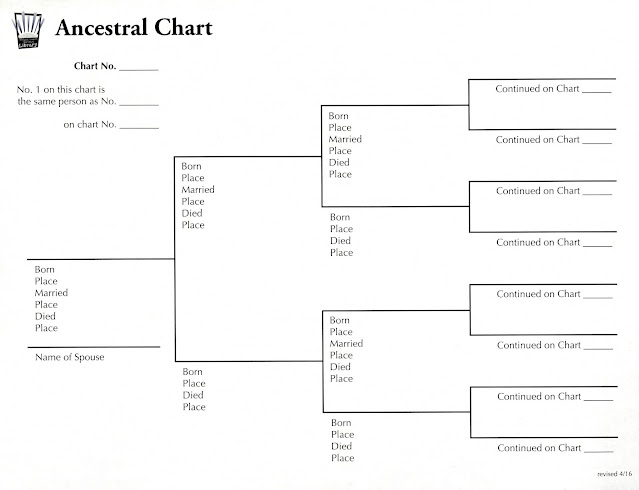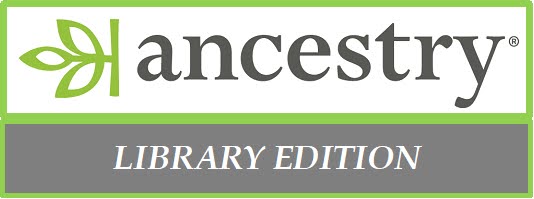On Saturday, January 30th, we will be hosting our 6th Medina County History Fair and our 1st VIRTUAL Medina County History Fair!

In the past, around 30 different historical societies from Medina County have participated in the Local History Fair at the Medina County District Library.
This year the following Societies have produced either a PowerPoint presentation or a video which can be accessed through the library's YouTube playlist beginning January 30th.
 |
| https://brunswickhistory.com/ |
 |
| https://lodiharrisvillehistorical.org/ |
 |
| mcdl.info |
- Bob Hyde's Beyond The Storefronts - http://www.medinasquare.org
- Building Blocks Preservation Group - www.buildingblockspreservation.org
- Chatham Historical Society - https://www.facebook.com/ChathamTownshipMedinaOhio/
- Chippewa Lake Ohio Historical Society - https://www.facebook.com/chippewalakehistoricalsociety/
- Community Design Committee - www.medinacommunitydesigncommittee.org
- Daughters of the American Revolution/James Fowler Chapter - ohiodar.org
- Friends of the Spring Grove Cemetery - http://www.friendsofmedinacemetery.org/
- Granger Historical Society - https://www.grangerhs.com/
- Hinckley Historical Society - http://www.hinckleyohiohistoricalsociety.com/
- Litchfield Historical Society - https://litchfieldtownship.com/historical-society/
- Little Wiz Fire & Historic Medina Museum - https://thelittlewiz.com
- Liverpool Historical Society - http://www.valleycity.org/historical-society-news/
- Log Cabin Shop & Historical Center - logcabinshop.com
- Main Street Medina - www.mainstreetmedina.com
- Medina Town Hall & Engine House - https://www.facebook.com/medinamuseum
- Seville Historical Society - https://www.facebook.com/sevillehistoricalsociety/
- Sharon Township Heritage Society - https://www.visitmedinacounty.com/things-to-do-in-medina-county/sharon-township-heritage-society/
- South Court Historic Neighborhood Association - https://www.facebook.com/SouthCourtHistoricNeighborhoodAssociationMedina/
- Spencer Historical Society - https://www.visitmedinacounty.com/things-to-do-in-medina-county/spencer-historical-society/
- Wadsworth Area Historical Society - https://facebook.com/WadsworthAreaHS/
- Westfield Historical Society - https://www.facebook.com/Historical-Societies-of-Medina-County-1672969692981012/
- Weymouth Preservation Society - https://www.weymouthpreservationsociety.com/
- York Township Historical Society - https://www.northeastohiomuseums.org/museum-listings/r-z/york-township-historical-society
The historical information provided by each and every one of these participants is priceless. Virtually check out the Medina County historical groups with their videos or by their websites and explore the unique people, places, and historical events of Medina County!




































